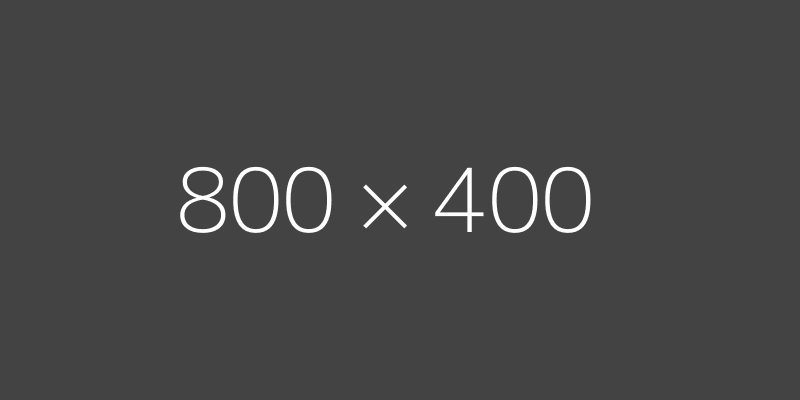Everything You Need to Know About Canada
Everything You Need to Know About Canada Canada is a beautiful country located in North America. It is the second largest country in the world and is known for its amazing landscapes, friendly people, and great food. Canada is a popular tourist destination for both its natural beauty and its many cultural attractions. Its major cities, Toronto, Montreal, and Vancouver, are all lively and welcoming, with a variety of activities to enjoy. Whether you’re looking to explore the great outdoors or experience a new culture, Canada is the perfect place to do it. Keep reading to learn everything you need to know about this fascinating country.
1. Canada is a North American country located just north of the United States. 2. Canada is the world's second-largest country by landmass. 3. The population of Canada is approximately 37 million. 4. Canada is a constitutional monarchy with a parliamentary democracy. 5. The official languages of Canada are English and French.
1. Canada is a North American country located just north of the United States.
Canada is a North American country located just north of the United States. It is the world’s second largest country by total area, and its land mass extends from the Atlantic Ocean to the Pacific Ocean and northward into the Arctic Ocean. Canada shares land borders with the United States to the south and northwest. The country is also home to a diverse population of indigenous peoples, with many different languages and cultures. The Canadian Shield, a large area of rock and forest east of the Rocky Mountains, covers about half of the country. Canada has more fresh water lakes than any other country in the world, and is home to much of the world’s longest rivers, such as the Mackenzie River. The country’s landscape is varied, with mountains, forests, tundra, and coastal areas. The climate also varies depending on the region, but in general the country experiences cold winters and cool summers. Canada is a constitutional monarchy with a parliamentary democracy. The head of state is the Canadian monarch, currently Queen Elizabeth II. The head of government is the prime minister, who is appointed by the governor general. The parliament is made up of the House of Commons and the Senate. The country has a mixed economy, with a focus on natural resources and trade. Canada is a member of the United Nations, the G8, and the Organization of American States.
2. Canada is the world's second-largest country by landmass.
Canada is a large country. In fact, it's the world's second-largest country by landmass. It covers an area of more than 10 million square kilometers. That's bigger than the United States, Mexico, and China! Canada has a lot of different landscapes. There are the Rocky Mountains in the west, the Prairies in the middle, and the Atlantic provinces in the east. There are also the Arctic lands in the north. Each of these regions has its own climate and way of life. The Rocky Mountains are a great place to go hiking, skiing, and camping. The Prairies are perfect for farming and ranching. And the Atlantic provinces are perfect for seafood lovers! If you're planning a trip to Canada, you'll need to pack your bags carefully. Make sure you bring warm clothes for the cold winters and cool clothes for the hot summers. And don't forget your raincoat!
3. The population of Canada is approximately 37 million.
The population of Canada is approximately 37 million people. The vast majority of the population is of European descent, with the largest group being of English descent. Other significant groups include Scots, Irish, French, Germans, Italians, and Ukrainians. There are also large populations of Chinese, South Asians, and First Nations peoples. Canada is a very densely populated country, with an average of 10 people per square kilometer. The majority of the population lives in urban areas, with the largest cities being Toronto, Montreal, Vancouver, Calgary, and Ottawa.
4. Canada is a constitutional monarchy with a parliamentary democracy.
The Constitution of Canada is the supreme law of the country, and consists of written rules and conventions that govern Canada. The Constitution Act, 1867 (formerly The British North America Act, 1867), is the founding document of Canada. It outlines Canada’s system of government, as well as the rights and responsibilities of Canadian citizens. Canada is a constitutional monarchy, which means that the Queen of Canada is the head of state. The role of the Queen is mostly symbolic, and she is represented in Canada by the Governor General. The Governor General is appointed by the Queen on the advice of the Prime Minister. Canada’s parliament is made up of the Senate and the House of Commons. The Senate is made up of 105 senators, who are appointed by the Governor General on the advice of the Prime Minister. The House of Commons is made up of 338 elected members of parliament (MPs). MPs are elected to represent specific geographic areas, known as ridings. The head of the government is the Prime Minister. The Prime Minister is the leader of the party that has the most seats in the House of Commons. The Prime Minister and the Cabinet make up the executive branch of the government, which is responsible for making decisions and carrying out the laws of the country. The judicial branch of the government is made up of the Supreme Court of Canada and the lower courts. The Supreme Court is the highest court in the country, and its nine justices are appointed by the Governor General on the advice of the Prime Minister.
5. The official languages of Canada are English and French.
The official languages of Canada are English and French. over 85% of the Canadian population speaks English as their first language, while less than 30% speaks French. Canada's two official languages are a reflection of the country's history and diversity. French is the mother tongue of about 7.3 million Canadians (20.6%), according to the 2016 census. It is the official language in Quebec, and one of the two languages (with English) of the National Assembly of Quebec, the Supreme Court of Canada, the Canadian Parliament and Canadian federal government offices. It is also one of the 11 official languages of the United Nations. In addition to being an official language of Canada, French is also one of the 22 official languages of the Francophonie, an international organization of Francophone countries. The term "Francophonie" also refers to the global community of French-language speakers, which numbers more than 220 million people worldwide. English is the first language of more than 56% of Canadians. It is the official language of the Canadian Parliament, all federal government offices and courts, as well as the provinces of Nova Scotia and New Brunswick. While the majority of Canadians speak English, the country has no official language at the federal level. This means that all laws, regulations and official government communications are equally valid in both English and French. In addition to Canada's two official languages, there are also numerous indigenous languages spoken across the country. These languages are an important part of Canada's linguistic diversity, and offer a unique perspective on the country's history and culture.
Overall, Canada is a great country to live in with its many benefits and resources. It has something to offer everyone, whether you're looking for an adventurous outdoors lifestyle or a more urban and cosmopolitan scene. With its rich history and culture, Canada is a welcoming and diverse place to call home.




